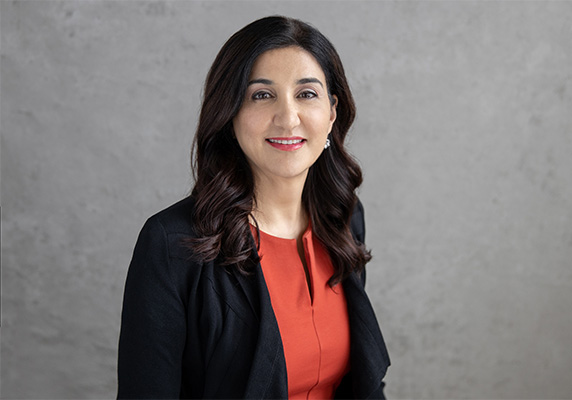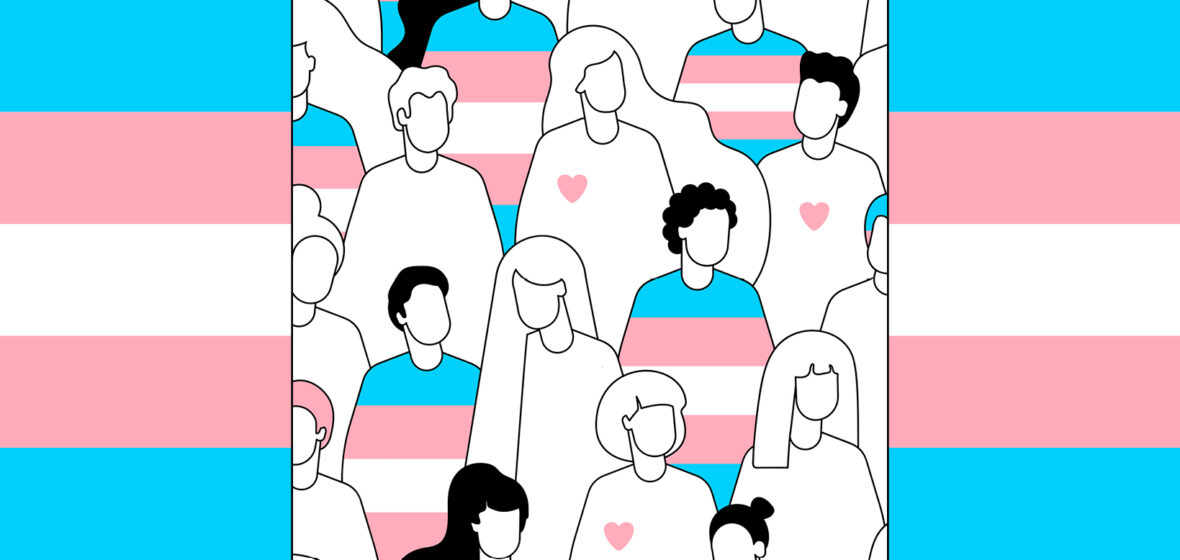On 31 March, International Transgender Day of Visibility (TDOV), LSJ explores how organisations and employees can contribute to making their transgender colleagues feel included, valued and supported in the workplace.
TDOV is observed to raise awareness about transgender people and celebrate their contribution to society, while also raising awareness of the discrimination they face. Psychotherapist and trans advocate Rachel Crandall, head of Transgender Michigan, created the event in 2010 when she realised that most media stories about transgender people were reports on violence committed against them.
Hard to be visible
Crandall hoped to create a day where people could re-focus on celebrating the lives of transgender people, empowering them to live authentically, while still acknowledging that, due to discrimination, not every trans person can or wants to be visible.
“One day,” Crandall said, “I want International Transgender Day of Visibility to be a day that we can just celebrate being ourselves. That’s what it’s all about for me: Being our true selves.”
‘I want International Transgender Day of Visibility to be a day that we can just celebrate being ourselves. That’s what it’s all about for me: Being our true selves.’
That transgender people find it hard to be visible was brought home recently to the audience of the Sydney WorldPride Human Rights Conference. In a panel discussion on 2 March 2023, activists and advocates for transgender people spoke about the fundamental right to bodily autonomy, and painted a vivid picture of a group of people who were born different from the cisgender norm, and hence have lacked a sense of bodily autonomy from the beginning.
For many, medical decisions about gender reassignment were made for them at a very young age, even in their infancy. Owing to their difference, many feel they have no sense of identity, no sense of community. This is complicated for those whose cultures shun transgender people, as South African panellist Crystal Hendricks reported. People may experience a sense of isolation and being shunned, and feel the need for concealment, she reported.
Bringing issues to work
Transgender people bring the stress of those issues to work with them. The Australian Workplace Equality Index, the largest annual survey of LGBT+ employees workplace experiences in Australia, found gender diverse employees face disproportionate levels of discrimination and negative employment outcomes in the workplace, even compared to their lesbian and gay counterparts. Workplace issues can include harassment and being denied promotional opportunities.
As research shows, transgender people may come into the workplace feeling the pressure to “manage” their identity. This may include hiding gender identity, delaying gender transition, refraining from asking employers to use their true pronouns, and refraining from asking for time off to undergo surgery or other medical treatment. Some of the consequences are a reduction in workplace wellbeing and an increased likelihood of attempting suicide.
There are improvements in sight, says Lisa Annese, CEO of Diversity Council Australia (DCA). DCA, an independent not-for-profit peak body, works with businesses and employers to improve their capacity to increase diversity and inclusion across all aspects of social identity, gender and sex, race, LGBTIQ+, disability, First Nations, and social class. Today 1200 member organisations are supported by DCA, and DCA also offers support across the Australian community in the form of advocacy for policy reform.

Annese is also a member of the Respect@Work Council, which, she says, “brings together all of the people who are involved in respect at work from a human rights lens, an employment relations lens an employer’s lens and an employee lens. We’re looking to unlock the barriers around recruitment and talent development and access to social capital and access to universal policies.”
A member of the Board of Amnesty International, Annese understands about the power of activism, but she also understands that “change in institutions happens through a slow and methodical and incremental process.”
Bringing people on the journey
Change is also slow, Annese says, because many people are unaware of the issues transgender people experience every day of their lives. “For many people, this is a new area. It’s not new for people who are gender diverse – it’s been their life – but for people who don’t even know a trans or gender diverse person this is radical to them, and so they don’t understand the reasons it’s hard for trans and gender diverse people to feel accepted and included in some workplaces. Some people have just never thought about it; they’ve grown up thinking that gender expression is binary, and they’ve never had to think about the difference between sex and gender. They may be working in places where they don’t know anyone who is transgender.”
Annese adds, “I work in the change making space, and what I know is that in order to create inclusive workplaces you have to take people on a journey, and that journey has to be an open one which acknowledges that for some people this is a place where they are uncertain and so they need their hand held a little. And what I’ve seen in workplaces that have done it that way, where all stakeholders feel as though they feel supported in understanding what their role is, rather than using an activist kind of mindset, you’re more likely to be successful.
“If you just go in there and say, from now on this is what we’re doing, and you don’t spend time bringing people on the journey, you will have people who remain disaffected and can potentially be obstructionist. The workplace readiness needs to be there, before you tell trans employees, we will respect whatever pronouns you want to utilise, don’t feel you have to hide under the ‘he’, if you want to be referred to as ‘they/them’.”
“If as an organisation you can build capability with people who have no idea, have never met a trans or gender nonbinary person, and you bring them along the journey, that is a process of committed change management.”
Why change is slow
According to Annese, existing workplace design is part of the reason change is slow.
“Generally speaking, workplaces have been designed to fit the model of what you would know as the ‘ideal worker’ – someone who doesn’t have visible caring responsibilities, is white or white-passing, whose identity doesn’t differ too much from the mainstream. Workplaces were never designed with trans and gender diverse people in mind – if we cast our minds back to the origins of the modern workplace, we find that in the industrial revolution. And we haven’t modified our view of the workplace from the invention of the 40-hour week very much, but people’s lives have changed radically and our community, the visibility of people who have lived in the margins, have also changed a lot, as have community expectations.
“And so what this means is that when someone is trans or gender diverse they might be trying to fit into a workplace that was never designed with them in mind and this might be things that people who aren’t trans or gender diverse take for granted, or don’t even think about, like, what bathroom do I use, how do I access the organisation’s policies to manage my health and wellbeing, including transitioning? How are people going to communicate with me in the workplace? Are people going to respect my pronouns, or is that going to be problematic?”
‘We haven’t modified our view of the workplace from the invention of the 40-hour week very much, but people’s lives have changed radically and our community, and the visibility of people who have lived in the margins, have also changed a lot.’
We also need to rethink solutions addressing workplace respect, Annese says. “We know that trans women, for example, are subjected to higher levels of workplace sexual harassment than women who aren’t trans, so you need to put a gender diverse lens on the solutions. Because otherwise you just default back to treating the issue of workplace respect in a way that doesn’t consider the lived experience of different people.”
It starts with policy
Research has shown that, where organisations have trans-supportive policies, transgender employees are more open about their identities, and have fewer experiences of discrimination at work. These policies may incorporate inclusive dress codes, supporting for time off needed for transitioning, and support for adjusting working hours to best address the effects of medication.
Annese offers more examples: “there are workplaces that are now being very intentional about experiences for gender diverse peoples, and that usually starts with policy, trying to make policies that are universal, so when you talk about parental leave, that’s a universal policy that doesn’t define what a family might look like or what a parenting situation might look like. When you’re talking about your gender equality initiatives you put a trans and gender diverse lens on it to make sure that your gender diversity is inclusive.”
Some organisations have best practice policies, Annese says. “They might not have them specifically around trans people or what they might do is broaden out all their policies or they might have a diversity and inclusion policy and statement that specifically articulates what they expect for trans and gender diverse people. And then there are some organisations that have just adjusted all their policies to make them inclusive. There are a lot of organisations that have really focused on their policy frameworks.”
And there are organisations that have gone much broader, and they’ve developed policies to support people during gender transition, so they’re being very specific about it. So there’s a whole spectrum of response; but we are in the earlier stages of making that more widespread.”
The visibility of allies
“Fortunately,” Annese says, “in lots of best practice workplaces they’re also doing a lot of work around the world of allies. Some are running training internally on how to be a good ally for trans and gender diverse people.”
Allies in this space are formal or semi-formal groups of employees established to create a respectful and inclusive workplace culture for their LGBTIQ+ colleagues. Allies are expected to demonstrate supportive behaviours, call out transphobic or homophobic remarks, use correct pronouns, and actively support Pride events.
Annese affirms Crandall’s recent call that “it’s not transgender people who need to be visible right now, so much as our allies.”
“If you want to be leading practice”, Annese says, “you need people to step up who aren’t part of the group to take on some of the load and to help create the change, and so that for me is the way a best practice organisation operates.”




